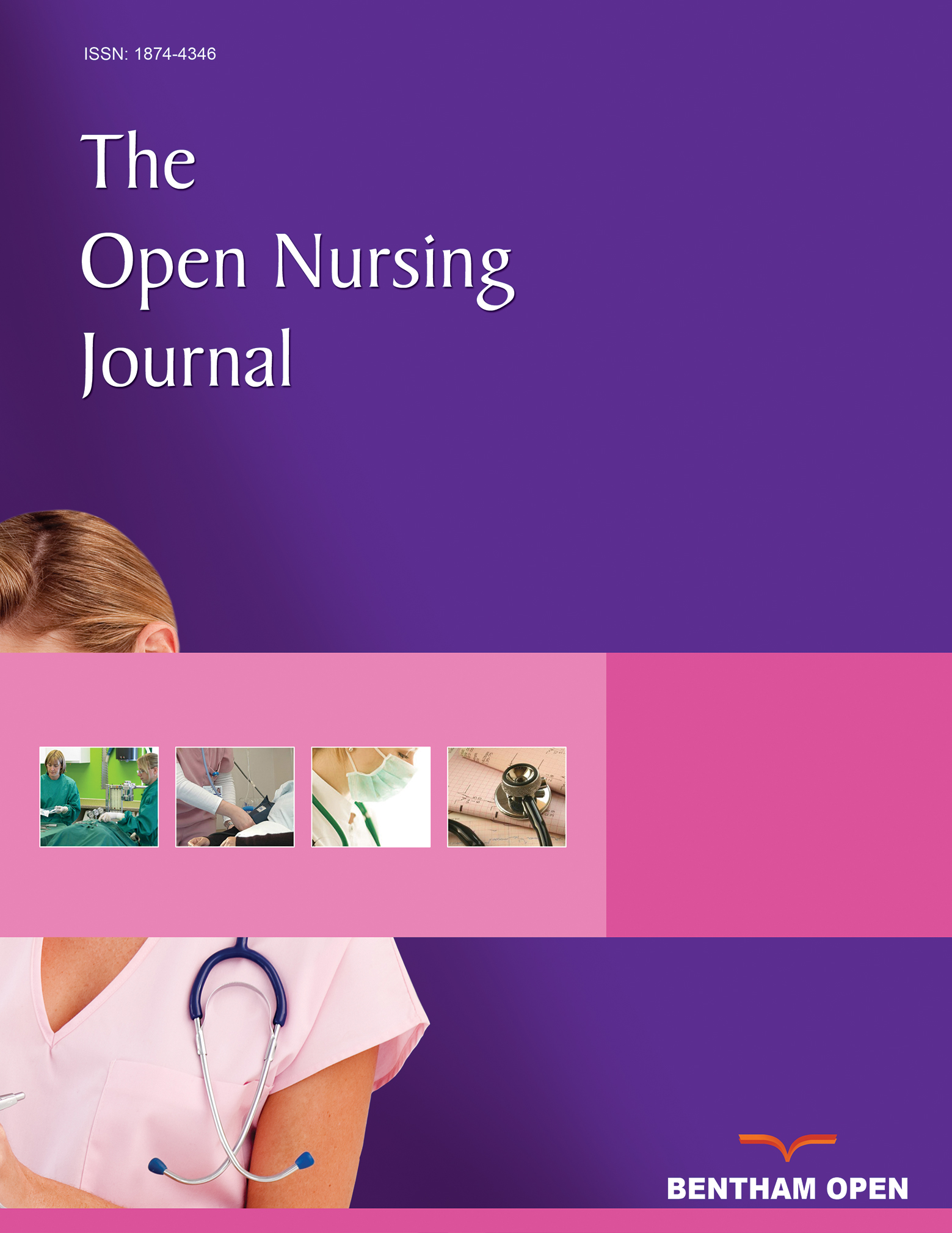Relationship between Capillary Refill Time at Triage and Abnormal Clinical Condition: A Prospective Study
Abstract
Background:
Capillary refill time has been studied in literature as a perfusion indicator. Two pilot studies have proposed possible reference values in healthy adults. No data exist regarding capillary refill time as an indicator of abnormal clinical conditions in adults, which might be of help for triage nurses.
Objective:
We wanted to assess if any relationships existed, between altered capillary refill time and abnormal clinical conditions in the emergency department. We investigated relations between capillary refill time and vital signs recorded in triage and blood tests, by analyzing the clinical records. Mortality at 24 hours, 7 days and over 14 days was investigated by calling the patients after discharge.
Method:
Observational, single-center study on a sample of consecutive patients aged ≥ 18 years in the Emergency Department of a major Milan hospital, from June to October 2014. Multivariate logistic regression was used to investigate the impact of clinical variables on capillary refill time.
Results:
1001 patients were enrolled, aged 59 ± 21 (473 aged 65 or more). Longer refill times were found in patients admitted to hospital units after medical consultations in the emergency department compared to those discharged or sent to outpatients. In elderly patients, statistically significant association was found between increased capillary refill time and sepsis (sensitivity 100%, specificity 83.33%, area under the receiver operating characteristics curve 65.95% CI 47-83), oxygen saturation, mean blood pressure, and lactates. In persons aged 45 to 64, altered refill times were associated with abnormal values of glicemia, platelets, and urea.
Conclusion:
Capillary refill time can be used by nurses at triage as a complementary parameter to normal vital signs. This is one of the few studies investigating refill time in adult patients.


